New Zealand, a land celebrated for its stunning landscapes and unique wildlife, holds a peculiar distinction: it is one of the few places on Earth where snakes are conspicuously absent. This absence has long intrigued scientists and nature enthusiasts alike. The island’s isolation and unique evolutionary history provide clues to this mystery, creating a fascinating tale of nature’s unpredictability. This article delves into the reasons behind New Zealand’s snake-free status, exploring the island’s geological past, ecological barriers, and the role of human intervention.
The Geological Isolation of New Zealand
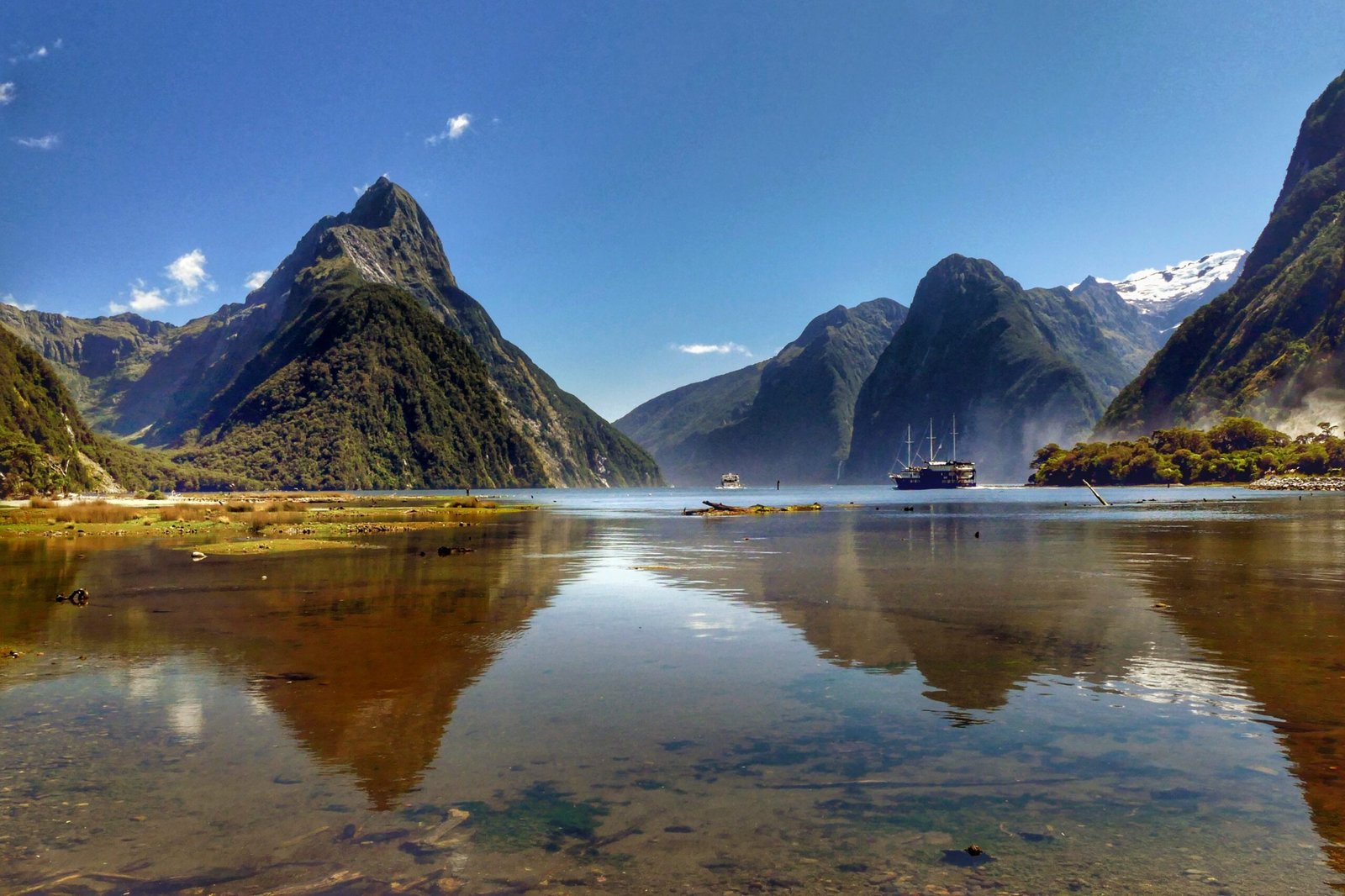
New Zealand’s lack of snakes can be traced back to its geological history. Approximately 85 million years ago, New Zealand separated from the supercontinent Gondwana. This separation left the island isolated in the vast Pacific Ocean, creating a natural barrier to many species, including snakes. As the land drifted away, the flora and fauna that existed on the island evolved independently. The absence of snakes from the start meant there was no evolutionary pressure for them to develop or adapt to New Zealand’s environment. This isolation was a natural incubator for unique species like the kiwi and the tuatara, but it also meant that snakes never had the opportunity to establish themselves.
The Role of the Oceanic Barrier

The surrounding ocean plays a crucial role in keeping snakes away from New Zealand. Water forms a formidable barrier to terrestrial reptiles, limiting their ability to reach the island. Most snakes are not adept swimmers, and the vast distances of open ocean make it nearly impossible for them to reach New Zealand by natural means. Even if a snake were to arrive accidentally, perhaps on floating debris or via a storm, the journey would be perilous, and survival upon arrival would be uncertain. The ocean acts as a vigilant gatekeeper, maintaining New Zealand’s status as a snake-free sanctuary.
Ecological Niches and Competition
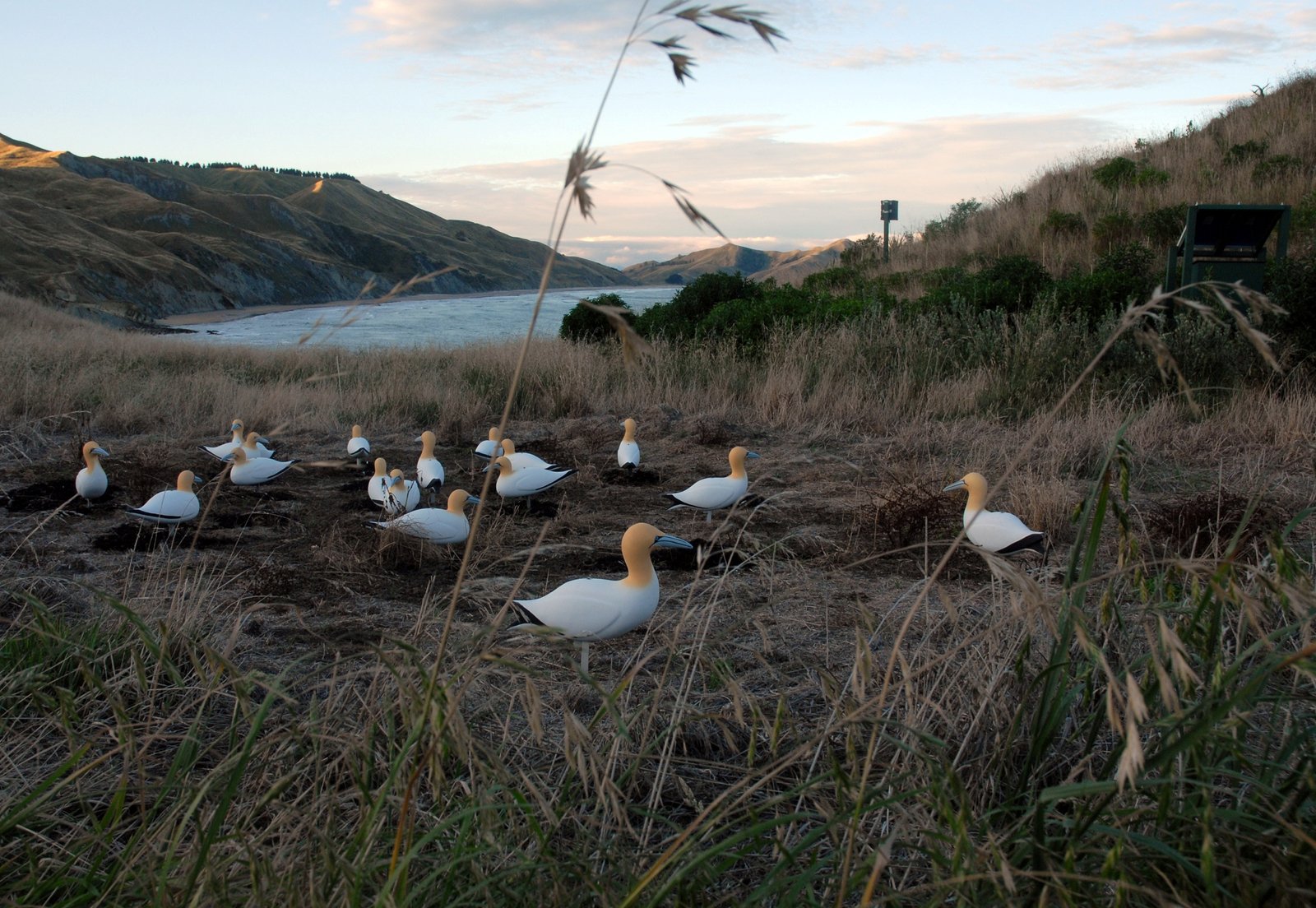
New Zealand’s ecosystems have evolved without snakes, leading to ecological niches filled by other species. Birds, mammals, and reptiles like the tuatara have taken on roles that snakes might occupy in other regions. The absence of snakes has allowed these creatures to adapt and thrive in ways they might not have been able to in the presence of snake competitors. For example, ground-nesting birds are more common, as there are no snakes to prey on their eggs. This unique ecological balance has been a crucial factor in maintaining New Zealand’s snake-free status.
Human Impact and Biosecurity Measures

Humans have played a significant role in ensuring New Zealand remains snake-free. The country has strict biosecurity measures to prevent the introduction of snakes and other invasive species. These measures include rigorous inspections of cargo, luggage, and mail to ensure no snakes are accidentally brought into the country. New Zealand’s commitment to preserving its unique biodiversity is evident in its proactive approach to biosecurity. The government and citizens alike understand the potential ecological consequences of introducing snakes, and they work tirelessly to prevent such an event.
Climate and Habitat Unsuitability
The climate and habitats of New Zealand may also contribute to the absence of snakes. The island’s temperate climate, characterized by mild temperatures and high rainfall, is not ideal for many snake species, which tend to thrive in warmer, drier environments. The diverse landscapes of New Zealand, from its alpine regions to dense forests and grasslands, may not provide suitable habitats for snakes to survive and reproduce. This natural deterrent adds another layer of protection against potential snake colonization.
Historical Attempts and Failures

There have been instances where snakes have attempted to reach New Zealand, but these have largely been unsuccessful. Historical records show that snakes have occasionally been found in imported goods or as stowaways on ships, but these incidents are rare. When they do occur, New Zealand’s authorities act swiftly to capture and remove any snakes before they can establish a population. This vigilance has been essential in maintaining the island’s snake-free environment, demonstrating the effectiveness of both natural and human-made barriers.
Comparisons with Other Island Nations
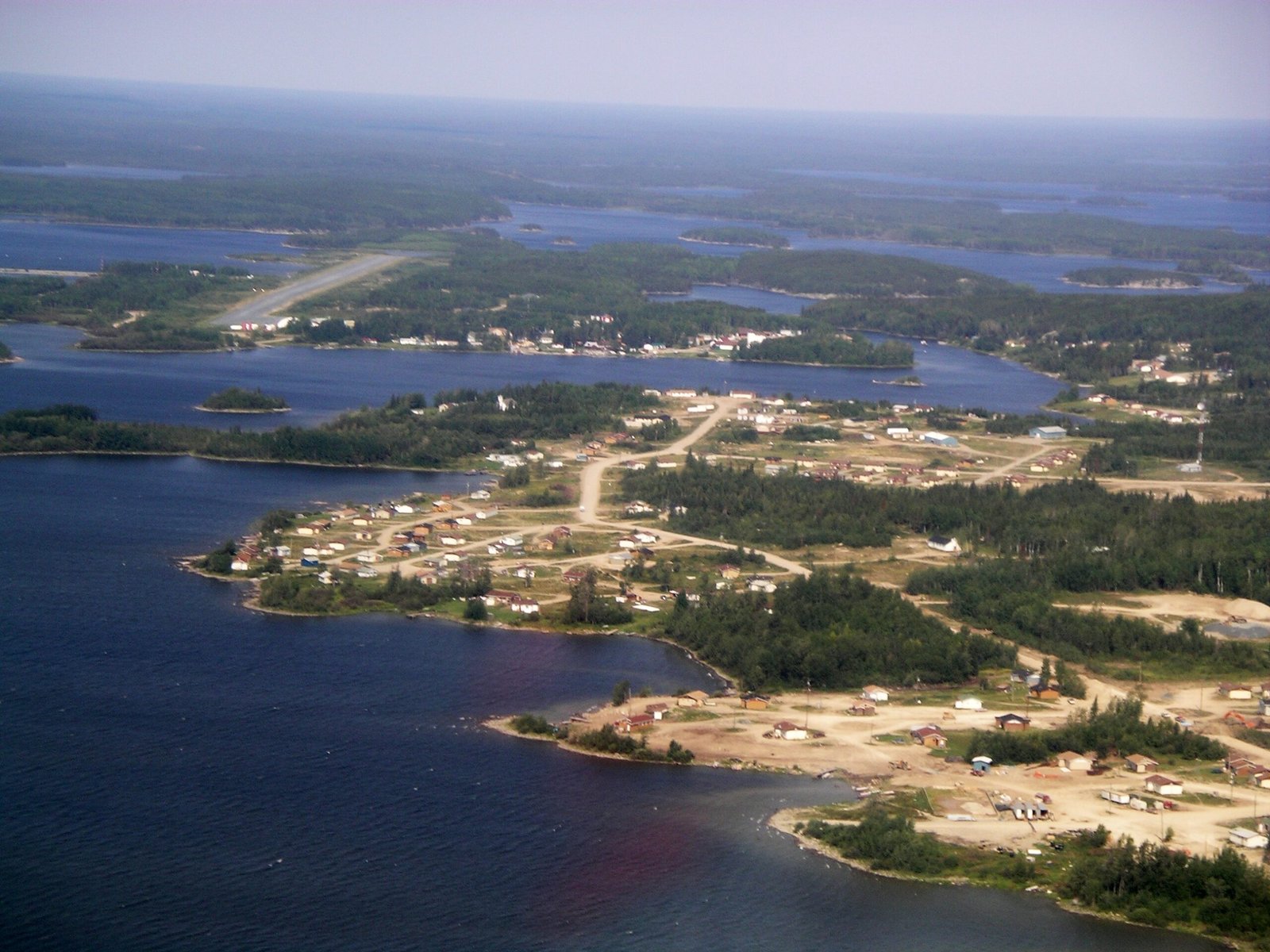
New Zealand is not alone in its snake-free status; other island nations like Ireland and Iceland also boast this characteristic. Comparisons between these countries reveal similar patterns of isolation, ecological niches, and human intervention. However, each island has its unique set of circumstances that contribute to the absence of snakes. For instance, Ireland’s cold climate is less hospitable to snakes, while Iceland’s volcanic landscape offers little in the way of suitable habitats. These comparisons highlight the diverse factors that can lead to a snake-free environment.
The Impact on New Zealand’s Biodiversity
The absence of snakes significantly impacts New Zealand’s biodiversity. It allows for the proliferation of other species that might otherwise be preyed upon or outcompeted by snakes. Unique species like the kiwi, kakapo, and the tuatara have flourished, filling ecological roles that snakes might occupy elsewhere. This biodiversity has made New Zealand a living laboratory for evolutionary biology, providing insights into how ecosystems function in the absence of certain predators. The result is a dynamic, balanced environment that continues to captivate scientists and nature lovers alike.
The Potential Risks of Introduction
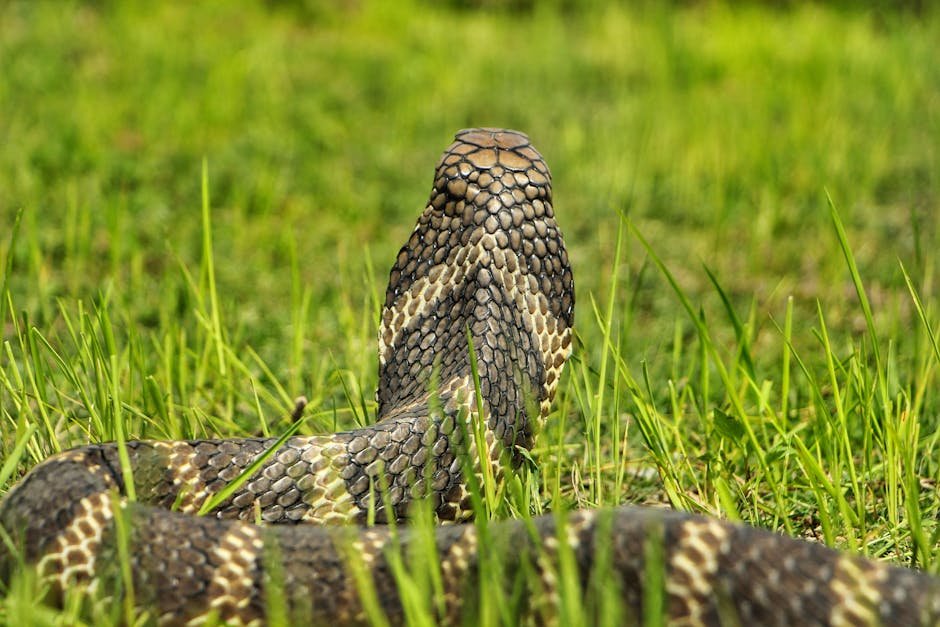
Despite the absence of snakes, the potential risks of their introduction remain a concern. If snakes were to establish themselves in New Zealand, it could have devastating effects on the island’s ecosystems. Native species that have evolved without snake predators would be vulnerable, leading to possible declines or extinctions. The introduction of snakes could disrupt the delicate ecological balance that has developed over millions of years. This potential threat underscores the importance of maintaining vigilant biosecurity measures to protect New Zealand’s unique natural heritage.
New Zealand’s Ongoing Commitment to Conservation
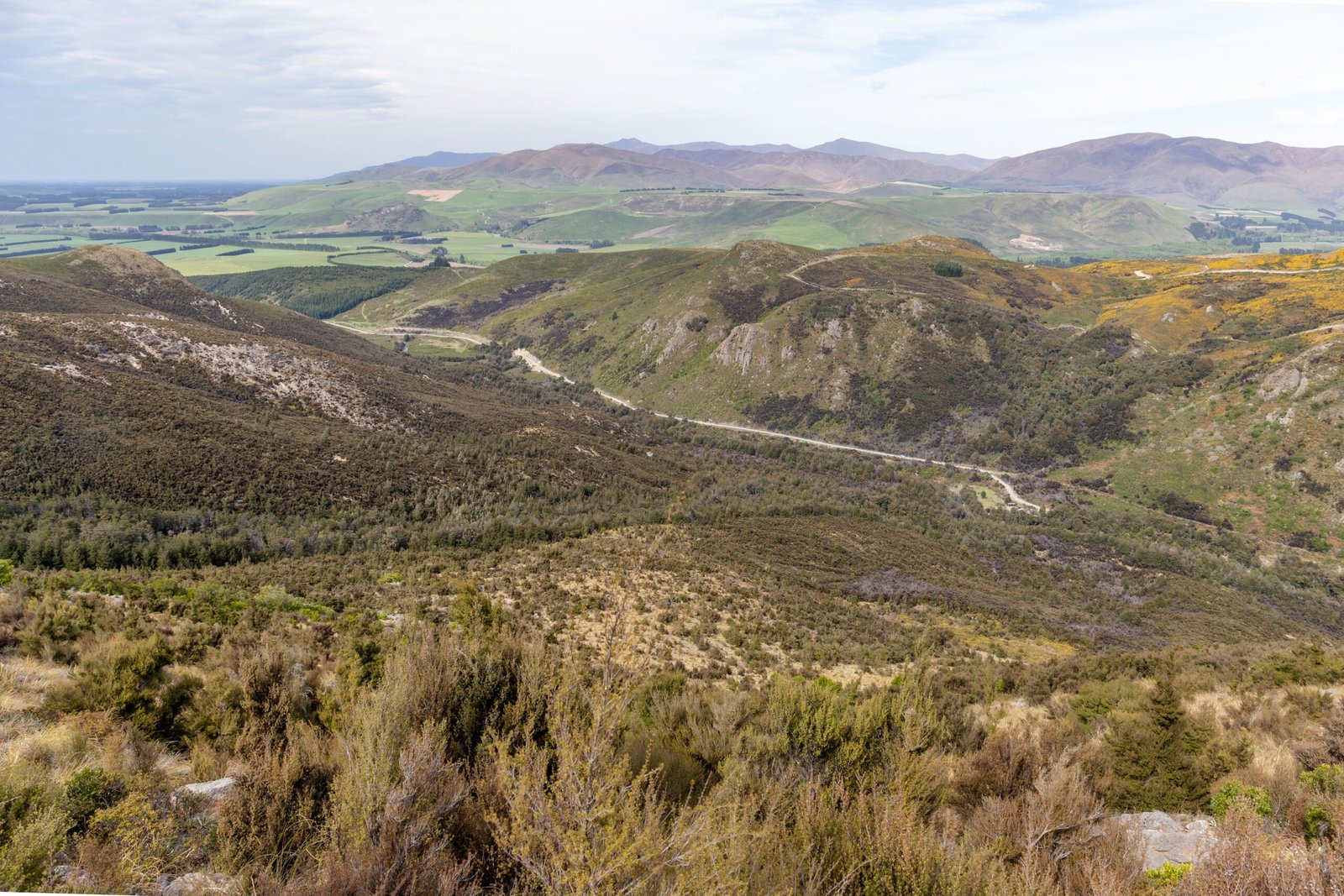
New Zealand’s commitment to conservation extends beyond keeping snakes at bay. The country is renowned for its efforts to preserve its unique wildlife and ecosystems, investing in conservation projects and initiatives. These efforts include habitat restoration, species recovery programs, and public education campaigns to raise awareness about the importance of biodiversity. New Zealand’s dedication to conservation serves as a model for other nations, demonstrating the value of proactive measures in protecting the natural world.




